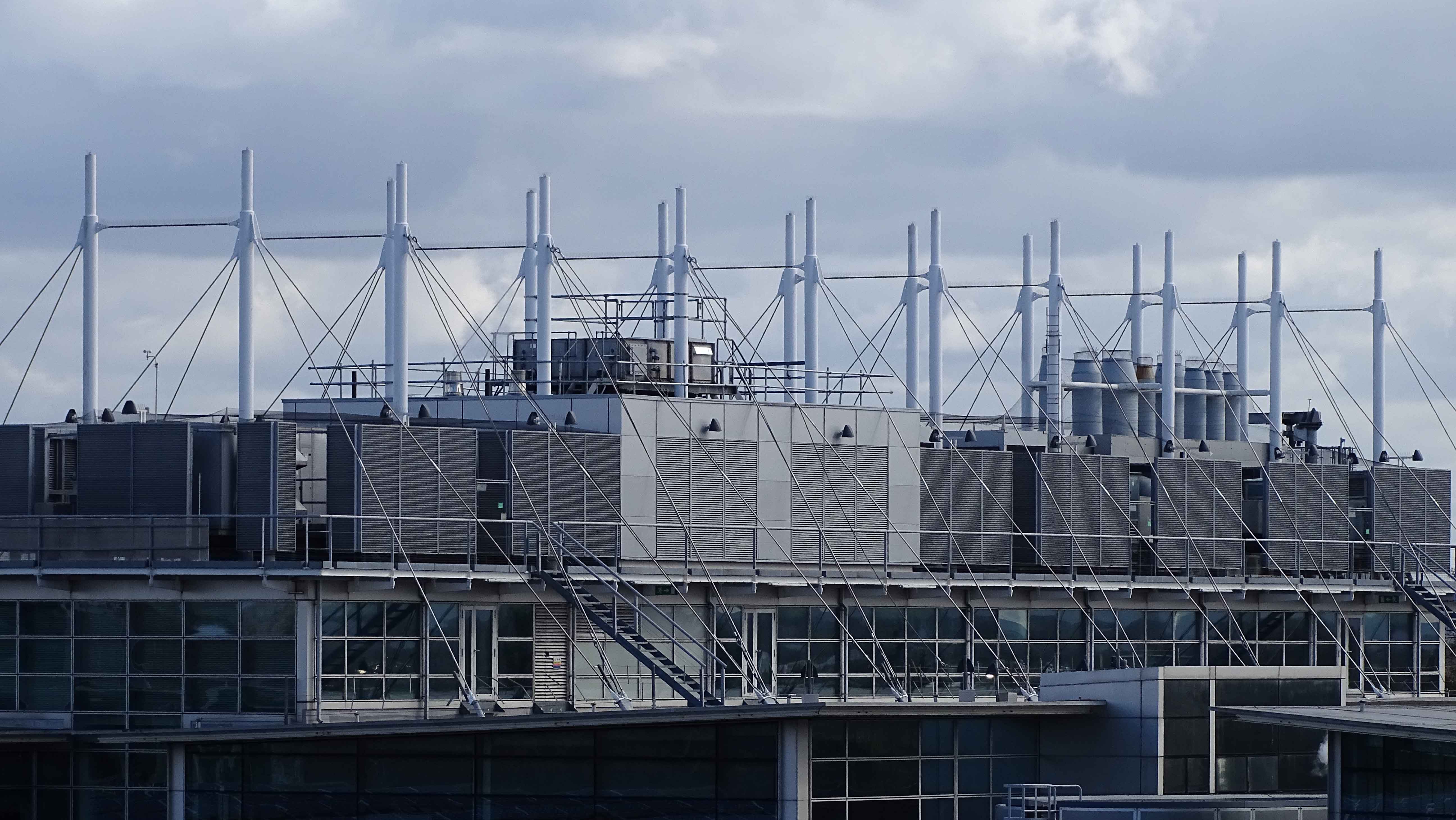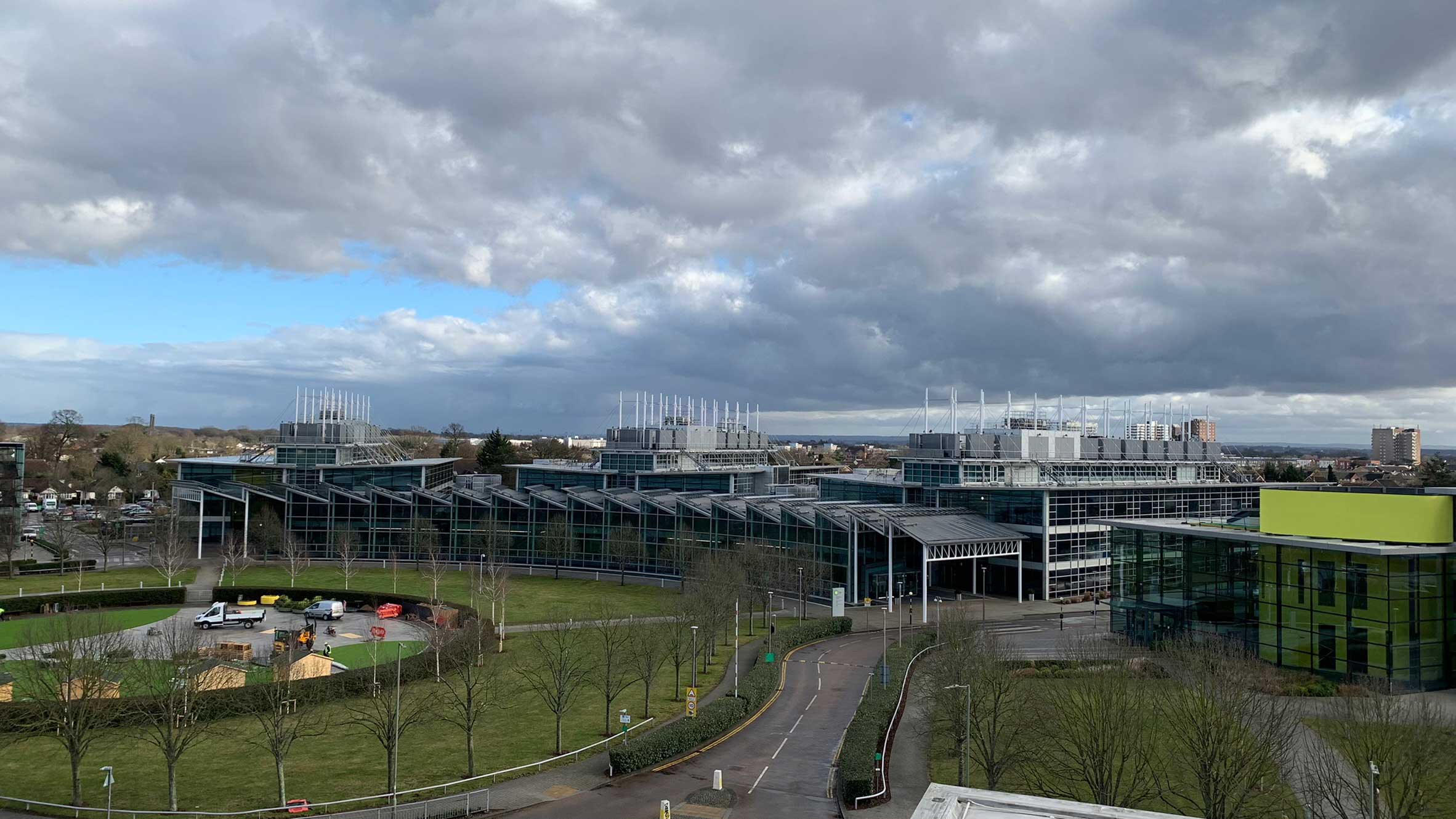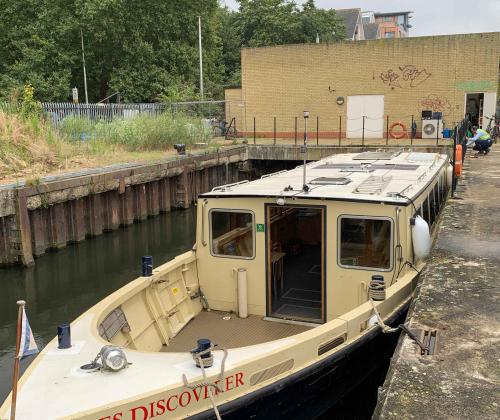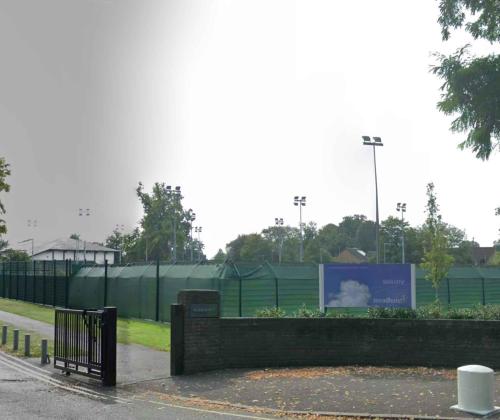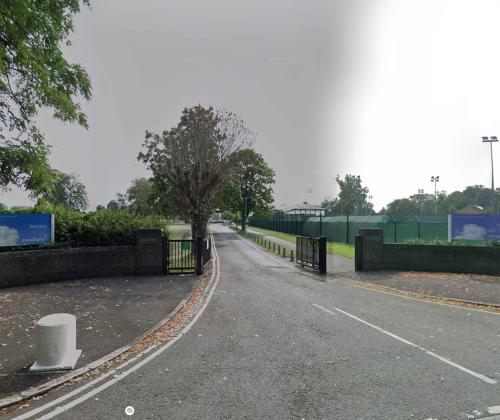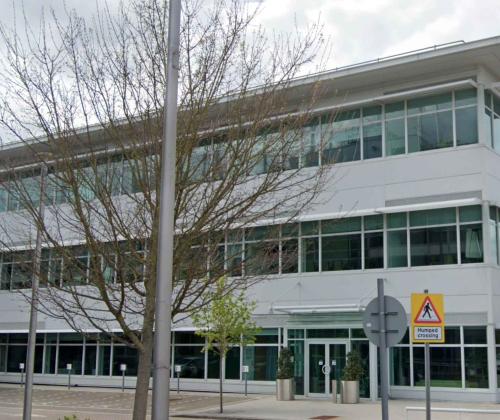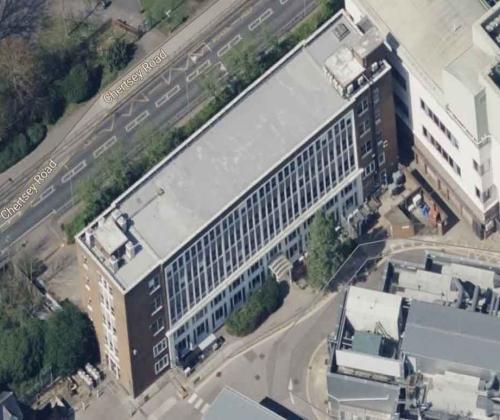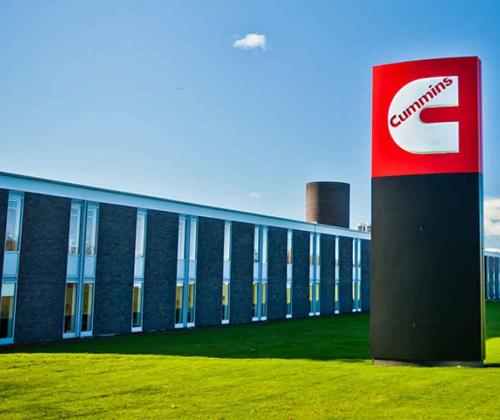Tension Rod System Replacement - BP ICBT Sunbury
- Scope: Full like-for-like TRS replacement/adaptation across six buildings with live-site phasing
- Constraints: Existing steel frames, occupied buildings, access at height, weather exposure
- Controls: Hydraulic tensioning, load verification, survey set-out/total station alignment, hold-points & sign-off
- Deliverables: Design calculations & drawings, method statements/temporary works inputs, inspection & test plan (ITP), commissioning records, maintenance schedule
- Absence of maintenance & documentation
- Issue: No reliable history of inspections, materials or original design intent.
- Impact: Elevated uncertainty around residual capacity and connection detailing.
- Corrosion & degradation
- Issue: Couplers, fork-ends and exposed rods showed notable corrosion.
- Impact: Reduced load-carrying capacity and risk of brittle or fatigue-related failure.
- Structural risk under dynamic loading
- Issue: TRS is part of the global stability/racking resistance; wind loading is critical.
- Impact: Compromised rods could reduce overall frame stiffness and robustness.
- Design integration & constructability
- Issue: Replacement had to meet modern standards while respecting existing geometry (centre-to-centre distances, edge distances, anchorage).
- Impact: Required precise analysis, detailing and phased installation to keep operations live.
1) Comprehensive structural assessment
- Site inspections to confirm as-found geometry and connection conditions.
- Analytical checks of global stability and member actions with TRS replacement staged by bay.
- Risk register to manage unknowns (hidden corrosion, thread condition, embedment).
2) Custom-designed TRS replacement
- Bespoke rod assemblies sized to verified actions, with high-strength stainless steel for rods and fittings to suit exposure class.
- Compatible fork-ends/couplers and tuned adjustment lengths for installation tolerances and fine alignment.
3) Temporary works & sequencing
- Jacking frames/needle beams and local restraint to control movement during de-tensioning/re-tensioning.
- Live-site phasing to maintain operations and safe access/egress.
Controlled installation & precision tensioning
- Hydraulic jacks with calibrated gauges; load shackles/strain gauges for verification.
- Total station alignment and preload verification against the design set-points.
- Hold-points for inspection of threads, seating of fork-ends, pin installation and locking.
5) Rigorous QA & commissioning
- Inspection & Test Plan (ITP) with photographic records.
- As-built tension records and post-installation surveys to verify geometry and movement limits.
- Maintenance plan establishing periodic checks and re-tension triggers.
Materials & components
- High-strength stainless steel rods and fittings, grade selection to suit exposure and design actions).
- Matching couplers and fork-end connectors; stainless pins/retainers and isolation washers where dissimilar metals occur.
Design standards & load cases
- Eurocode 3 (BS EN 1993) for steel design; BS EN 1991-1-4 for wind actions on structures.
- Appropriate partial factors and serviceability checks for stiffness/deflection compatibility with the primary frame.
- Temporary works aligned to BS 5975 principles.
Installation techniques
- Hydraulic tensioning to prescribed set-points, with staged, symmetric loading to prevent twist or eccentricity.
- Survey control for rod line/level and fork seating; torque/tension correlation where applicable.
- Stress monitoring during tensioning using load cells/strain gauges to confirm performance.
Durability & service life
- Stainless selection and detailing for crevice/corrosion resistance; drainage and water-shedding details at end fittings.
- Service life expectation ≥ 25 years under appropriate installation, use and maintenance, referencing EAD 200002-00-0602 (Tension Rod Systems) for assessment principles.
Enhanced structural integrity
- Replacement TRS restores designed load paths and wind-stability performance across all six buildings.
Reduced whole-life cost
- Durable stainless components and a clear maintenance plan reduce unplanned interventions.
Risk mitigation & compliance
- Works brought the TRS up to current code expectations, with verifiable tension records and QA to support audit and future inspections.
Operational continuity
- Phased sequencing allowed BP to maintain operations with minimal disruption.
Condition survey & analysis · TRS design & detailing · Temporary works/method inputs · Hydraulic tensioning procedure · QA/ITP & commissioning · Maintenance planning
Expertise in Complex Structural Challenges
- Advanced Engineering Solutions: Skilled in addressing intricate structural issues through innovative engineering practices.
- Innovative Approaches: Utilises cutting-edge technology and methodologies.
Customised Solutions
- Tailored Designs: Solutions crafted to meet the specific needs of each project and client.
- Client Collaboration: Works closely with clients to understand their requirements and achieve desired outcomes.
Commitment to Quality
- Stringent Quality Control: Maintains high standards throughout project execution, from design to commissioning.
- Safety Focused: Prioritises safety in all aspects of design and implementation, adhering to the highest industry standards.
GEM Enterprise specialises in comprehensive structural and civil engineering services. Our experienced team is dedicated to delivering innovative, safe, and efficient solutions for complex engineering challenges. With a commitment to excellence and client satisfaction, we provide services ranging from structural assessments to the design and implementation of bespoke engineering solutions.

